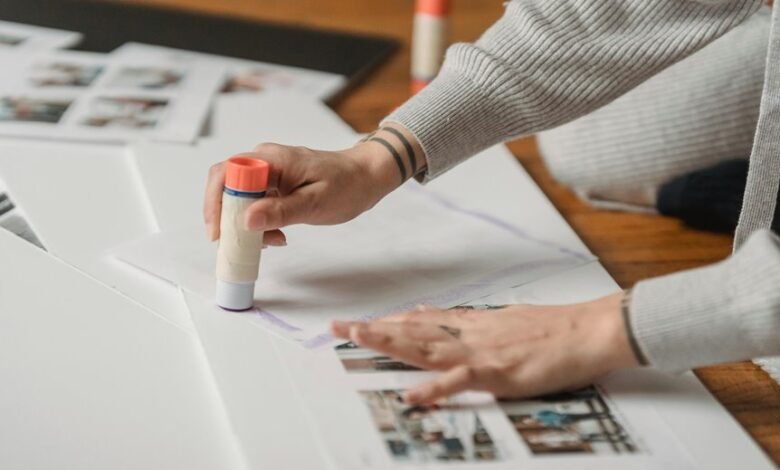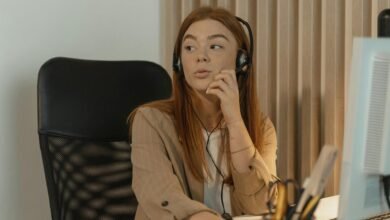Photoaconpan: A Influência de Imagens no Processo Judicial

The integration of visual evidence in courtrooms has transformed the judicial process. Images can clarify complex narratives and evoke emotional responses, potentially influencing juror decisions. However, this reliance on visuals raises critical questions about the ethical implications of image manipulation and the accuracy of media portrayals. As the line between persuasive evidence and misleading representation blurs, the integrity of the judicial system hangs in the balance, prompting a closer examination of these dynamics.
The Role of Visual Evidence in Courtrooms
Visual evidence serves as a pivotal component in the judicial process, enhancing the jury's comprehension of complex information.
Through visual storytelling, attorneys can effectively illustrate key points, influencing courtroom dynamics. This strategic use of images not only aids in clarifying facts but also engages jurors emotionally, fostering a deeper understanding of the case.
Ultimately, visual evidence shapes the narrative within judicial proceedings.
Impact of Media Coverage on Public Perception
How does media coverage shape public perception of legal proceedings?
Media framing significantly influences public opinion by selectively highlighting certain aspects of cases, thus shaping narratives.
The portrayal of defendants, victims, and legal practices in visual media can evoke emotional responses, leading to biased perceptions.
Consequently, these framed images and stories may distort the public's understanding of justice, fairness, and the legal process itself.
Ethical Considerations and Potential Bias in Visual Media
The role of media in shaping public perception extends beyond mere coverage; it raises significant ethical considerations regarding the presentation of legal proceedings.
Image manipulation can distort facts, potentially influencing juror perception and undermining the integrity of the judicial process. This manipulation not only skews public opinion but also poses risks to fair trials, necessitating a critical examination of visual media's role in legal contexts.
Conclusion
In conclusion, the interplay of visual evidence and media representation in the judicial process underscores the adage that a picture is worth a thousand words. While images can significantly enhance juror understanding and emotional resonance, they also pose ethical dilemmas that challenge the integrity of the legal system. To uphold justice, it is imperative that all visual materials are presented with accuracy and transparency, ensuring that the scales of justice remain balanced and impartial in the courtroom.





